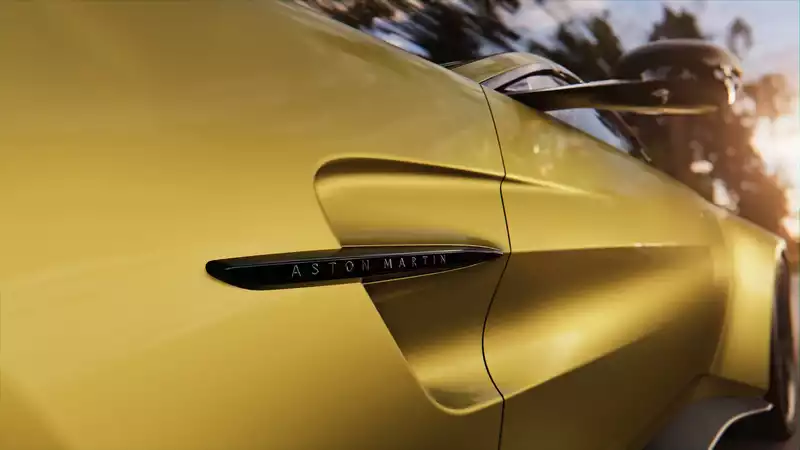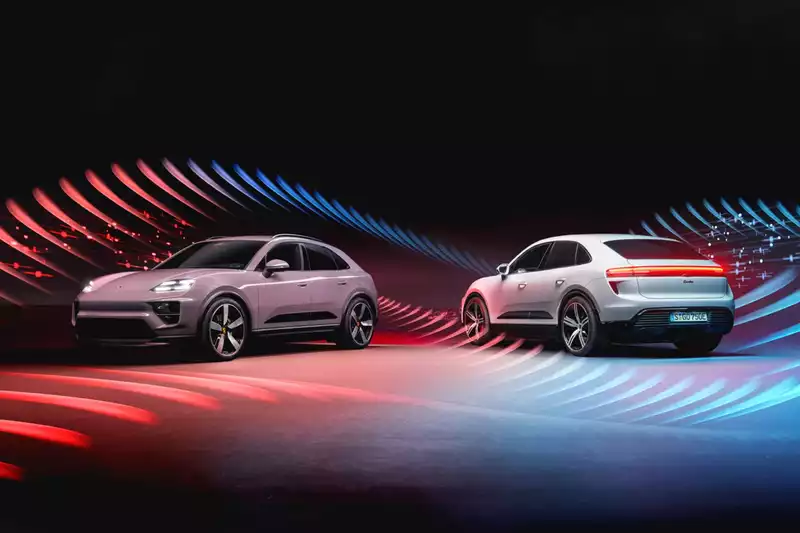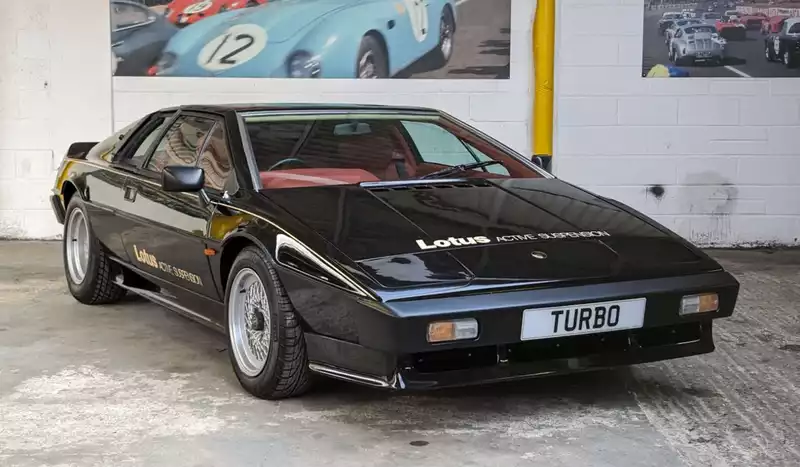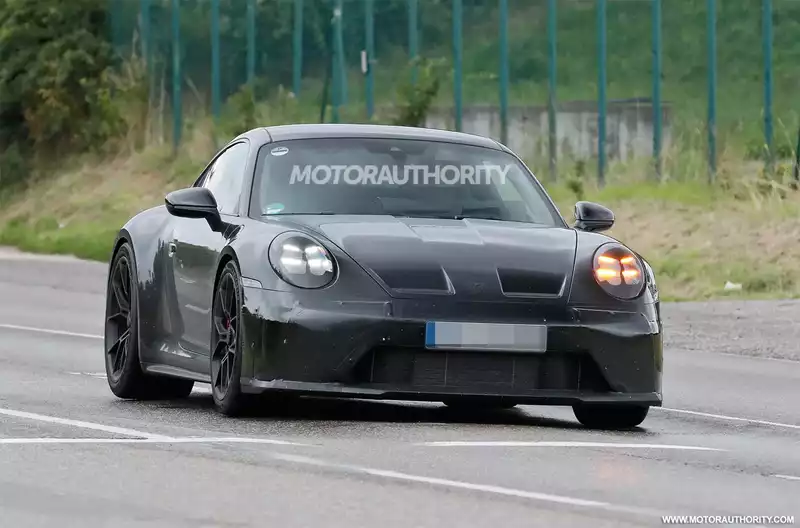1960 Maserati Tipo 61 "Birdcage" in Jay Leno's garage.
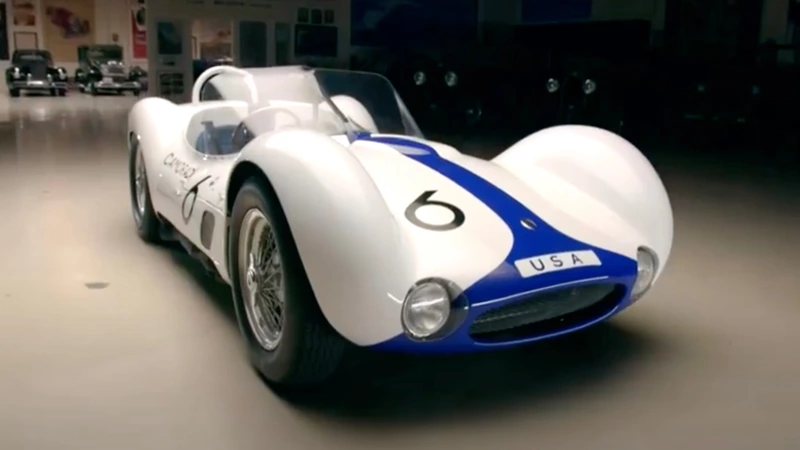
Few cars combine form and function like the 1960 Maserati Tipo 61 "Birdcage." Beneath its stylish exterior, the Birdcage was one of the most advanced cars of its time, as Jay Leno and Jeff O'Neill, owner of the car featured here, explain in a recent episode of "Jay Leno's Garage."
The name "birdcage" comes from the chassis, which was made of 200 thin chromoly steel tubes intricately intertwined. This allows for structural rigidity to be maintained while reducing weight. According to O'Neill, the bare chassis weighs only 155 pounds, and the entire car weighs about 1,800 pounds. A peek under the tiling nose reveals part of the tubular structure. The design also allows the chassis to sit very low, as evidenced by the protruding wheel humps.
The first birdcage was the 1959 Teepo 60, powered by a 200-horsepower 2.0-liter inline-4 engine. At the suggestion of legendary racing driver Stirling Moss, a 250-horsepower 3.0-liter inline-4 was installed. Only 17 of this more powerful model were built, including the Teepo 60/61 conversion. The narrow piston clearance (the Teapo 61 used the original 2.0-liter block) is a weak point, but otherwise the car is pretty bulletproof, according to O'Neill. It also had a top speed of 160 mph, he said.
This particular car was owned by the American racing team Camorradi and raced on circuits around the world, including Le Mans and the Nürburgring.
Despite being a pure racing car, the birdcage is so easy to handle that it can be driven on public roads, which is not possible with modern racing cars. Maserati tried to strike a similar balance in the early 2000s with the Ferrari Enzo-based MC12, but the car never achieved great success on the track.
Maserati has largely avoided motorsports for more than a decade, but the upcoming MC20 supercar is a "natural evolution" of the MC12, suggesting it could have two faces: race car and road car.
To hear the full chat about the Teepo 61 Birdcage, watch the full video. This video does not include the usual garage visit, and it is difficult to hear the conversation over the sound of the engine. Still, it is a pleasure to see this car making any power at all, let alone on public roads.

